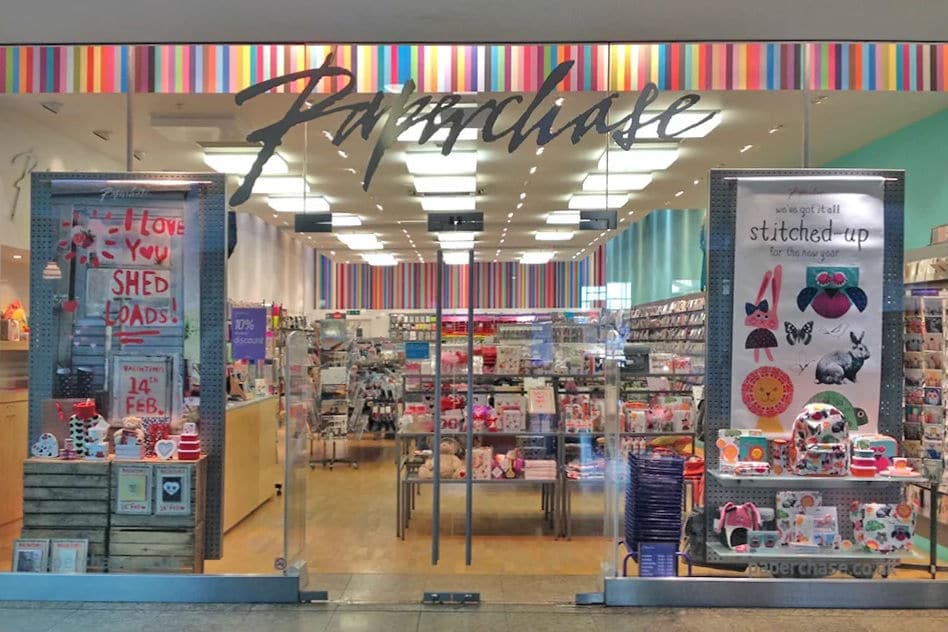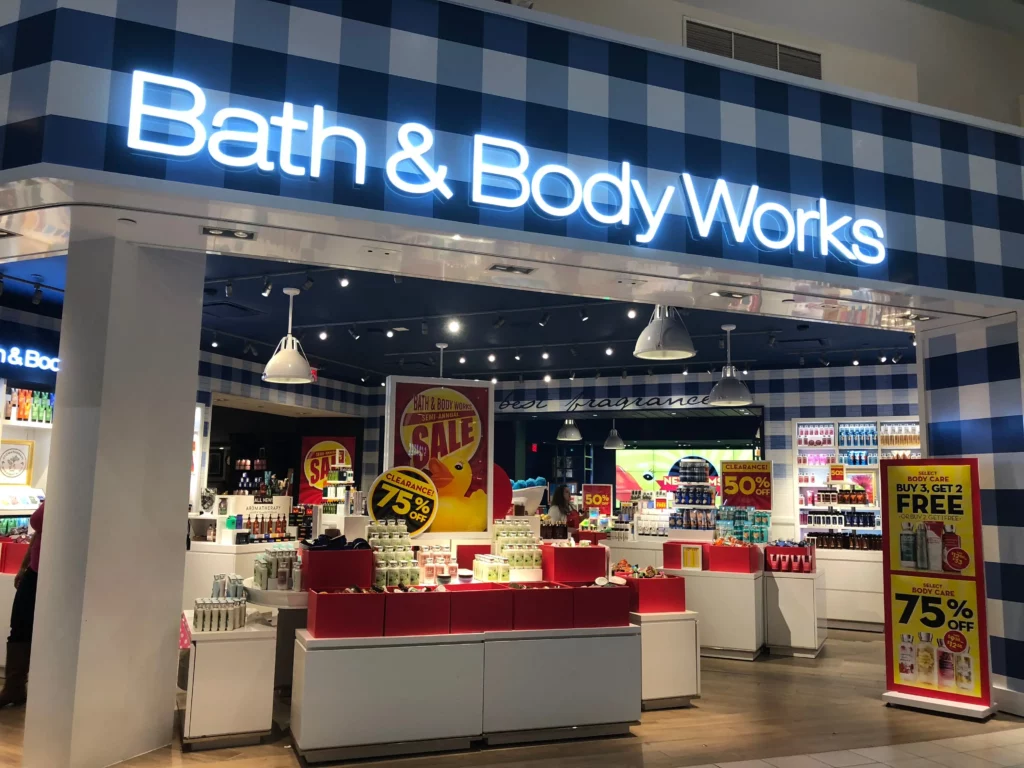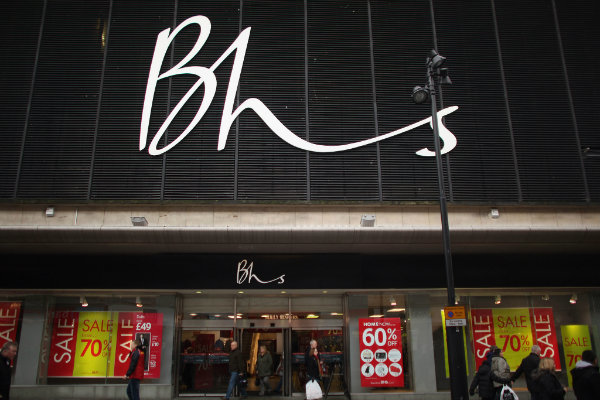The UK’s largest retailer Tesco has swooped to save struggling stationery and greetings card retailer Paperchase as part of a pre-pack deal that placed around 1,000 jobs at risk.
Paperchase collapsed into administration on Tuesday morning following a tumultuous past couple of years, in which it has been through a string of owners as it desperately sought to stay afloat.
Although Paperchase has found a home with the UK’s largest retailer, the acquisition is expected to lead to mass store closures as the supermarket has only bought the IP and brand.
Retail Gazette looks at what exactly went wrong at Paperchase, and what led a once-thriving retailer to disappear from the high street
Stiff competition
Catherine Erdly, founder of The Resilient Retail Club says Paperchase was “a victim of an increasingly competitive stationery market”.
“What was once a unique proposition – design led stationery – became a crowded market segment with a plethora of new entrants, often at a lower price point,” she argues.
The stationery retail sector is rife with competition from general retailers such as John Lewis and Flying Tiger to more specialists like WHSmith, Ryman, Smiggle, Card Factory and The Works.
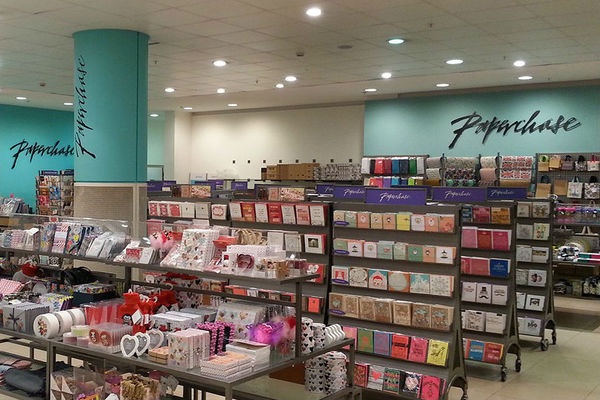
The push into stationery and greetings cards by value players including B&M, Primark, Wilko, and Aldi, which are all offering trend-led ranges will have hit Paperchase, which held premium price points.
It made it easy for consumers to trade down to similar products at a much lower cost.
Meanwhile, online players such as Moonpig have made a dent into Paperchase’s greetings card sales while value player Card Factory continues to thrive.
Over expansion
Paperchase also suffered from opening too many shops.
The retailer swelled to around 160 stores before its CVA in 2019 and even at the point of collapse this week had more than 100 stores.
It has been hit been the same pressures that many retailers suffer from – reduced footfall, especially since Covid hit, along with high rents and rates, and an increasingly squeezed margin.
Catherine Shuttleworth, founder of Savvy Marketing says Paperchase has struggled with rising costs of running its retail business across an increasingly expensive store estate and not having an online presence that can compete with online-only businesses like Moonpig.
“These strategic issues alongside a consumer who has decided to send less cards especially at Christmas and spend less frequently on non-essential items that can be purchased cheaper elsewhere has led to its demise,” she explains.
Erdly agrees and believes that Paperchase’s reliance on its high street-focused stores has hit it particularly hard since the pandemic with people now working more from home.
Paperchase: a brief timeline
2015: Paperchase’s annual profits soar. Pre-exceptional EBITDA rose more than 33% to £9.6m for the year ending January 31, 2015
July – Paperchase private equity owner Primary Capital puts it up for sale but abandons the process as the offers received do not “properly reflect the full potential of the business”.
November – The retailer secures a £50m refinancing deal, which it says will drive domestic and international growth.
The deal includes a £32m six-year term loan from Permira Credit and £18m of capital expenditure, revolving credit and ancillary facilities from Lloyds Bank.
2016: EBITDA increased 25% to £10.8m in the retailer’s full-year to January 31. The retailer launches in the US.
2017: Paperchase’s EBITDA excluding exceptional items falls 16.2% to £9.1m in the year ending January 2017, in what it terms a “difficult year” in the wake of the Brexit vote.
2018: Paperchase’s profits declined by half to £4.5m. The retailer blames “occupancy costs, currency headwinds and footfall declines”.
2019: March – it launches a CVA process. Around 28 out of its 145 UK stores have their rent costs cut by 50% for three months.
2021: Paperchase collapses into administration. It is acquired by lender Permira Credit in a pre-pack administration deal.
The majority of the stores in Paperchase’s portfolio, approximately 90 out of 125, are saved meaning 1,000 jobs are saved.
2022: April – Permira Credit calls in advisers from PwC to oversee a sale of Paperchase.
August – Paperchase is sold to a private investment firm led by the retail investor Steve Curtis.
2023: On January 11, Paperchase is put up for sale. A week later, it places administrators from Begbies Traynor on standby as it rushes to secure a rescue deal.
Paperchase falls into administration on 30 January and Tesco purchases the brand and intellectual property, but not its 106 stores, on 31 January.
A boost to Tesco’s non-food proposition
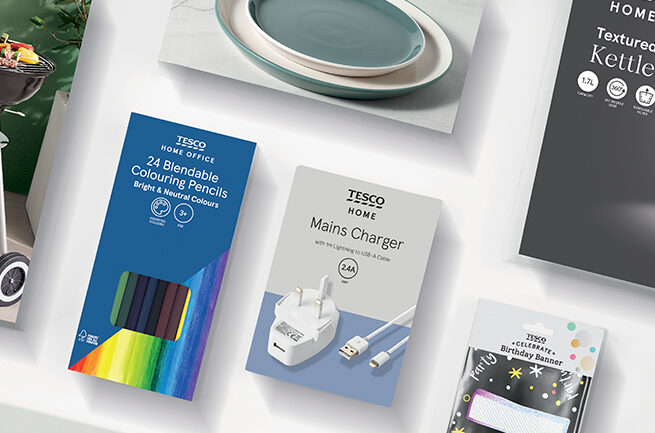
Tesco’s strategic move to purchase Paperchase will allow it to diversify its in-store offer and will enhance its non-food categories outside of homewares, according to GlobalData lead retail analyst Zoe Mills.
However, she says it will be a “challenge” for Tesco to persuade its existing customer base to trade up as Paperchase’s target audience is younger and more affluent than the grocer’s.
Shuttleworth says the purchase is a smart move for Tesco as it creates an opportunity to create a branded space in store and maximise key sales points in the events calendar where shoppers spend big.
“Tesco was a bit of a left field choice but given the success of shop-in-shop concepts in non-food areas of supermarkets like toys and clothing maybe it is less of a surprise than we might think,” she tells Retail Gazette.
Mills believes if the acquisition proves successful it may pave the way for Tesco to bring other complementary brands into its stores.
Over the past few years, the grocer has partnered with the likes of AO and Homebase to develop its non-food offer – although it ultimately ended its partnership with AO in July 2022.
What’s next for Paperchase under Tesco?
James Pow, senior retail adviser at restructuring firm Quantuma, says the grocer will focus on price point and look at new suppliers to reduce costs.
“Paperchase has faced hard competition from the discounters, so the Tesco buyout will give customers another perspective – that it’s now more affordable,” he explains.
“Customers will believe they can get Paperchase products for a lower price, especially with the Tesco Clubcard.”
With Tesco opting not to buy Paperchase stores, Pow expects it to strengthen its online proposition.
“Paperchase has a big footprint on the high street so its brand is highly recognised. Tesco has now got this brand that has cost it peanuts, so it will be looking for sales to come through online,” he tells Retail Gazette.
However, the store will be core as people often buy greetings cards and stationery when they need it.
This creates a great opportunity for Tesco to boost spend, drive footfall and offer something distinct to its customers.
Click here to sign up to Retail Gazette‘s free daily email newsletter

